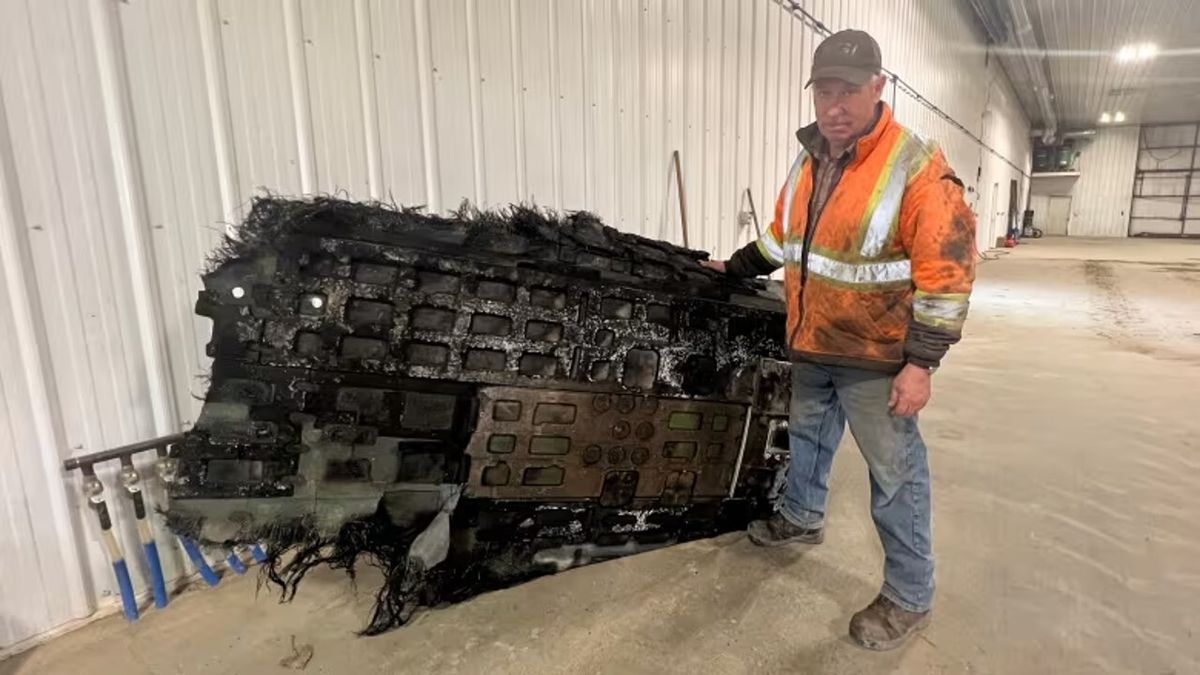Wide-Angle Zoom Lenses: An Overview
When it comes to photography, wide-angle zoom lenses are an essential part of any photographer’s kit. Comprising one-third of the ‘Holy Trinity’ lens lineup, these lenses offer immense utility across various genres such as landscapes, architecture, and astrophotography. While standard zoom lenses like the 24-70mm are versatile, they may not always be wide enough to capture specific scenes, making wide-angle lenses indispensable for filling that gap below 24mm.
Wide-angle lenses are particularly favored in astrophotography due to their ability to capture a broader portion of the sky and allow more light in compared to standard and telephoto lenses. This increased light sensitivity is crucial when shooting in dark environments. Although prime lenses are generally considered superior for astrophotography due to their wider apertures, some of the best zoom lenses, such as those with an aperture of f/2.8, can still produce excellent astro shots. One advantage of using a zoom lens over a prime lens is the flexibility it offers in adjusting the focal length to suit different styles of photography.
Sony FE 16-35mm f/2.8 GM II vs. Canon RF 15-35mm f/2.8L IS USM
Sony’s updated ‘Holy Trinity’ standard zoom lens, the FE 16-35mm f/2.8 GM II, represents a significant improvement over its predecessor, making it a compelling choice for Sony photographers. The Canon RF 15-35mm f/2.8L IS USM lens boasts exceptional sharpness and simplified operation, making it an attractive option for astrophotography enthusiasts.
Specifications
When comparing the Sony FE 16-35mm f/2.8 GM II with the Canon RF 15-35mm f/2.8L IS USM, several key specifications stand out:
- They were the same price on release, but the Canon is slightly cheaper due to its age.
- Both lenses feature a constant aperture of f/2.8.
- Both lenses share an 82mm filter thread and are weather-sealed.
Reasons to Buy Sony
The Sony FE 16-35mm f/2.8 GM II offers several compelling reasons to choose it over the Canon competitor:
The Sony lens is significantly lighter and more compact, making it ideal for travel and extended shooting sessions. Its clickable aperture ring provides convenient manual control, and the higher number of aperture blades ensures smoother background blur and superior close-up capabilities.
Reasons to Buy Canon
While the Canon RF 15-35mm f/2.8L IS USM may have a few key advantages over the Sony lens:
The Canon lens features built-in image stabilization, enhancing stability during handheld shooting and video recording. Its slightly longer focal length at the wide end and lower price point make it an attractive choice for astrophotography enthusiasts looking for a versatile and cost-effective option.
Verdict
Upon comparison, the Sony FE 16-35mm f/2.8 GM II edges out the Canon RF 15-35mm f/2.8L IS USM in terms of overall specifications and practicality. While the Canon offers some distinct advantages, the Sony lens emerges as the preferred choice for everyday use and versatility.
Image/Photo credit: source url





